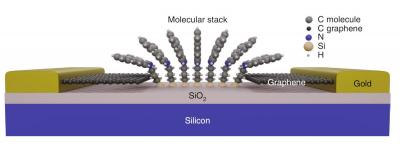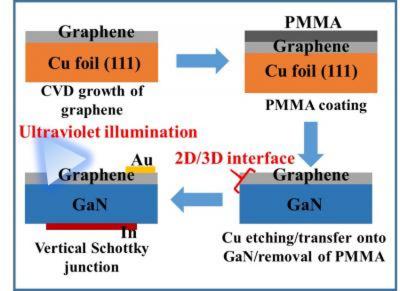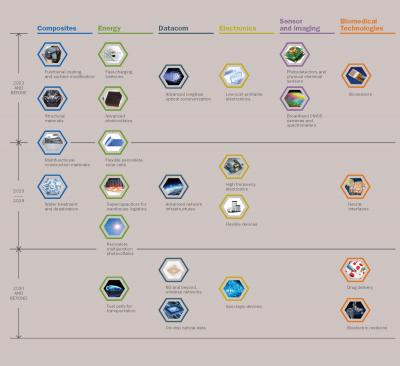Superconductivity in bilayer graphene can be turned on or off with a voltage change
An international team of researchers from Spain, the U.S., China and Japan has found that superconductivity in bilayer graphene can be turned on or off with a small voltage change, increasing its usefulness for electronic devices. This follows previous findings regarding twisted bilayer graphene and its ability to exhibit alternating superconducting and insulating regions.
"It's kind of a holy grail of physics to create a material that has superconductivity at room temperature," University of Texas at Austin physicist Allan MacDonald said. "So that's part of the motivation of this work: to understand high-temperature superconductivity better."





